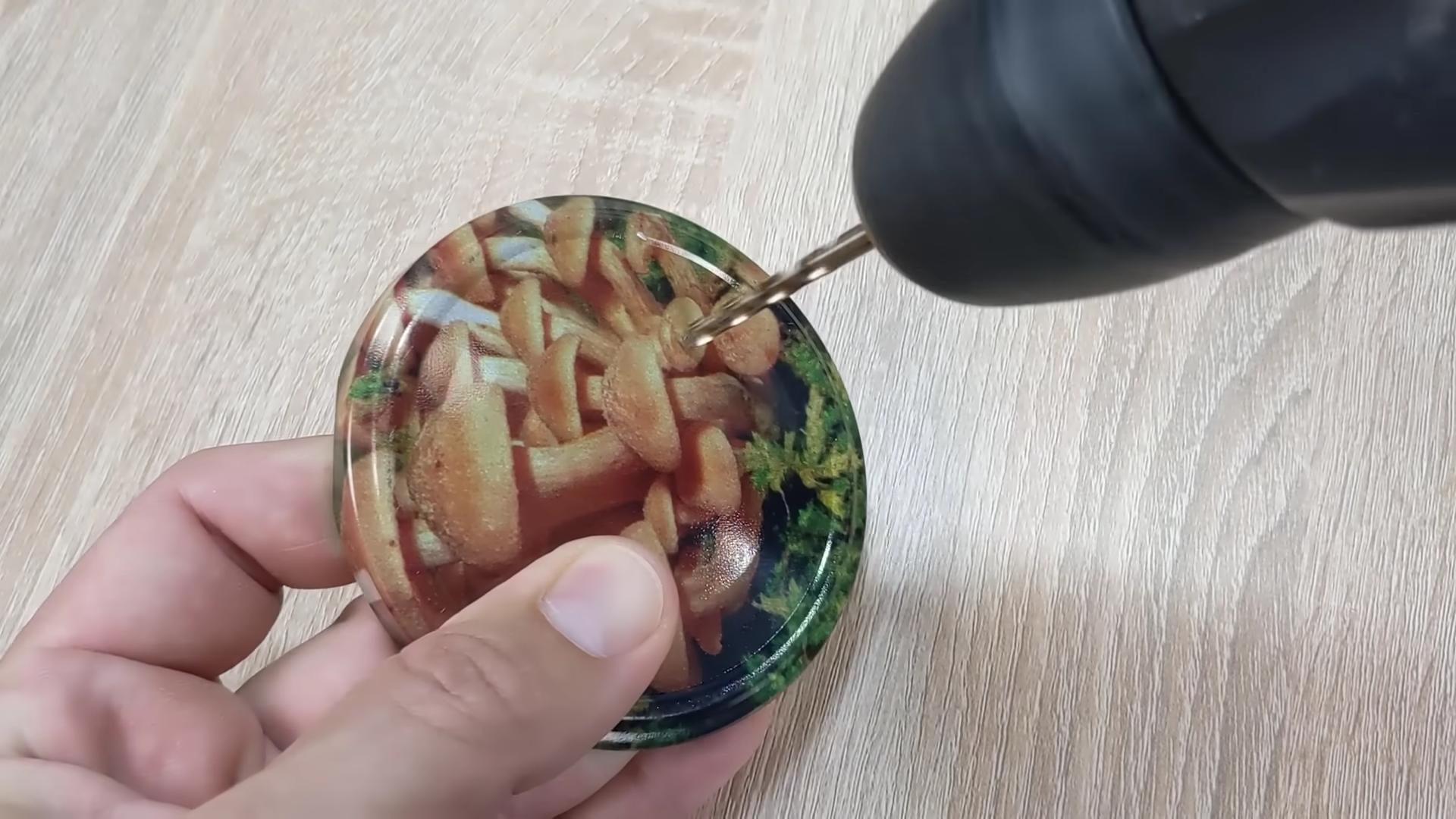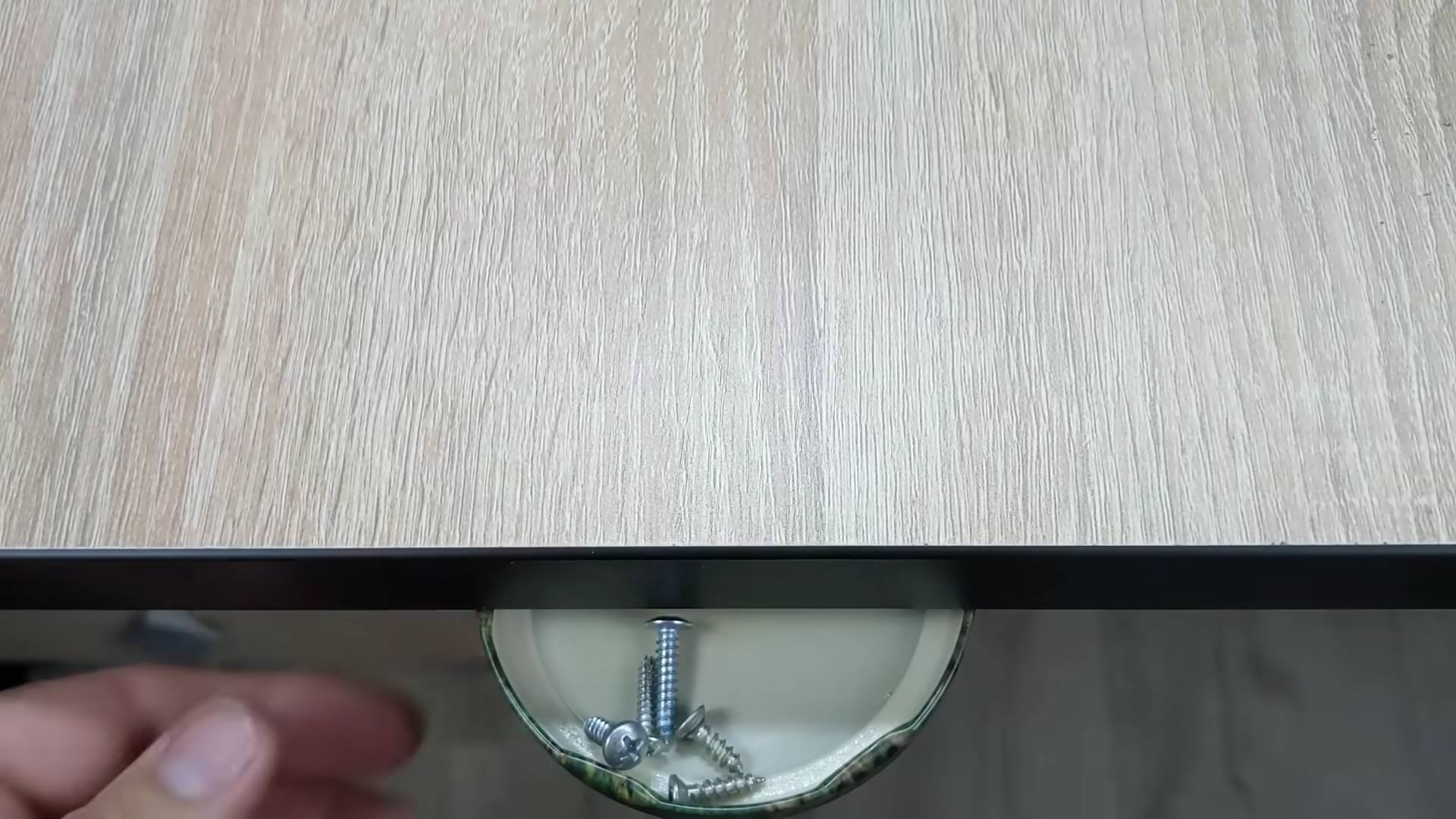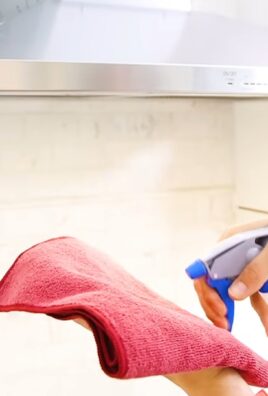DIY builder fixes – ever feel like your home is whispering for a little TLC, but your wallet is screaming “no more professionals!”? I totally get it! We’ve all been there, staring at that wobbly shelf or leaky faucet, wondering if we can actually tackle it ourselves. Well, guess what? You absolutely can!
From ancient civilizations using rudimentary tools to build their homes to the modern-day surge in home improvement shows, the desire to fix and improve our living spaces is deeply ingrained in us. There’s a certain satisfaction that comes from knowing you’ve personally contributed to the comfort and functionality of your home.
But let’s be honest, sometimes those DIY projects can feel a little daunting. That’s why I’ve put together this collection of easy-to-follow DIY builder fixes and hacks that will empower you to take control of your home repairs. Whether you’re a seasoned DIY enthusiast or just starting out, these tips will save you time, money, and maybe even a little bit of sanity. So, grab your toolbox, put on your favorite playlist, and let’s get fixing!

DIY Home Repair Hero: Fixing Common Builder Blunders Yourself!
Hey there, fellow DIY enthusiasts! Ever moved into a new build and thought, “Wow, this is great… but wait, what’s *that*?” Yeah, me too. Builders, bless their hearts, sometimes leave behind little quirks that need a bit of TLC. Don’t panic! You don’t need to call a professional for every tiny issue. I’m going to walk you through fixing some common builder blunders, saving you money and giving you that sweet sense of accomplishment.
Tackling Those Annoying Nail Pops
Nail pops are those little bumps that appear on your drywall, usually caused by the wood framing underneath expanding and contracting. They’re unsightly, but thankfully, pretty easy to fix.
What You’ll Need:
* Hammer
* Screwdriver (Phillips head)
* Drywall screws (1 1/4 inch)
* Joint compound (also known as mud)
* Putty knife (various sizes, a 6-inch and a 12-inch are helpful)
* Sandpaper (120-grit and 220-grit)
* Primer
* Paint (matching your wall color)
* Dust mask
* Safety glasses
Step-by-Step Instructions:
1. Assess the Damage: Put on your safety glasses and take a close look at the nail pop. Is the nail head sticking out? Is the drywall cracked around it? This will determine your approach.
2. Set the Nail (or Screw): If the nail is sticking out, gently tap it back in with a hammer. Be careful not to hit it too hard and damage the drywall further. If the nail is already flush, or if you’re worried about damaging the drywall, drive a drywall screw about an inch or two above or below the nail pop. The goal is to secure the drywall to the stud.
3. Remove Loose Debris: Use your putty knife to scrape away any loose or cracked drywall around the nail pop. You want a clean surface for the joint compound to adhere to.
4. Apply the First Coat of Joint Compound: Using your 6-inch putty knife, scoop up a generous amount of joint compound. Apply it over the nail pop and the surrounding area, feathering the edges out smoothly. The goal is to create a slightly raised mound that covers the imperfection. Don’t worry about making it perfect on the first coat.
5. Let it Dry: This is crucial! Joint compound needs to dry completely before you can sand it. Drying time will vary depending on the humidity and temperature, but generally, it takes at least 24 hours. The compound will turn from gray to white when it’s dry.
6. Sand it Down: Once the joint compound is completely dry, put on your dust mask and grab your 120-grit sandpaper. Gently sand down the dried compound until it’s smooth and flush with the surrounding wall. Be careful not to sand too hard, or you’ll remove too much compound.
7. Apply a Second Coat (if needed): Sometimes, one coat of joint compound isn’t enough to completely hide the nail pop. If you can still see a slight indentation, apply a second coat of joint compound, feathering the edges out even further than before. Let it dry completely.
8. Fine Sanding: After the second coat is dry, use your 220-grit sandpaper to lightly sand the area. This will create an even smoother surface for painting.
9. Prime the Area: Apply a coat of primer to the patched area. This will help the paint adhere properly and prevent the joint compound from absorbing the paint unevenly. Let the primer dry completely.
10. Paint the Area: Finally, paint the patched area with a paint that matches your wall color. You may need to apply two coats for full coverage.
Silicone Caulk Savvy: Sealing Gaps Like a Pro
Gaps around bathtubs, sinks, and countertops are common in new builds. These gaps can lead to water damage and mold growth, so it’s important to seal them properly with silicone caulk.
What You’ll Need:
* Silicone caulk (mildew-resistant is best for bathrooms and kitchens)
* Caulk gun
* Caulk remover tool (optional, but helpful for removing old caulk)
* Utility knife
* Paper towels or rags
* Painter’s tape (optional, for creating clean lines)
* Caulk smoothing tool (optional, but helpful for achieving a professional finish)
Step-by-Step Instructions:
1. Prepare the Surface: This is the most important step! Make sure the surface is clean, dry, and free of any old caulk, dirt, or debris. Use a caulk remover tool or a utility knife to carefully remove any existing caulk. Clean the area with a damp cloth and let it dry completely.
2. Load the Caulk Gun: Cut the tip of the caulk tube at a 45-degree angle. The size of the opening will determine the thickness of the caulk bead. Puncture the inner seal of the tube with a long nail or wire. Load the tube into the caulk gun.
3. Apply Painter’s Tape (Optional): If you want to create perfectly straight lines, apply painter’s tape along both sides of the gap you’re caulking.
4. Apply the Caulk: Hold the caulk gun at a 45-degree angle and apply a smooth, even bead of caulk along the gap. Apply consistent pressure to the trigger of the caulk gun to ensure a uniform flow of caulk.
5. Smooth the Caulk: Immediately after applying the caulk, smooth it out with your finger or a caulk smoothing tool. Dip your finger in soapy water to prevent the caulk from sticking.
6. Remove Excess Caulk: Use a damp paper towel or rag to wipe away any excess caulk.
7. Remove Painter’s Tape (if used): Carefully remove the painter’s tape while the caulk is still wet. This will create clean, crisp lines.
8. Let it Cure: Allow the caulk to cure completely according to the manufacturer’s instructions. This usually takes 24-48 hours. Avoid getting the caulk wet during the curing process.
Door Adjustments: No More Sticking or Rattling!
Doors that stick, rattle, or don’t latch properly are a common annoyance in new homes. Luckily, these issues are often easy to fix with a few simple adjustments.
What You’ll Need:
* Screwdriver (Phillips head and flathead)
* Hammer
* Wood shims
* Level
* Block of wood (optional)
Step-by-Step Instructions:
1. Identify the Problem: Determine exactly what’s causing the door to stick, rattle, or not latch. Is it rubbing against the frame? Is the latch not aligning properly with the strike plate?
2. Check the Hinges: Loose hinges are a common cause of door problems. Tighten all the hinge screws. If the screws are stripped, replace them with longer screws.
3. Adjust the Strike Plate: If the door isn’t latching properly, the strike plate (the metal plate on the door frame where the latch goes) may need to be adjusted. Loosen the screws holding the strike plate in place and move it slightly up, down, left, or right until the latch engages smoothly. Tighten the screws.
4. Shim the Door Frame: If the door frame is out of square, it can cause the door to stick. Use a level to check the door frame for plumb (vertical) and level (horizontal). If the frame is out of square, insert wood shims behind the door frame to correct the alignment. You may need to use a hammer to gently tap the shims into place. Once the frame is square, trim off any excess shim material with a utility knife.
5. Plane the Door Edge: If the door is rubbing against the frame, you may need to plane down the edge of the door. Use a block plane to carefully remove a small amount of wood from the area where the door is rubbing. Be sure to plane in the direction of the wood grain to avoid splintering.
6. Lubricate the Latch: Sometimes, a sticky latch is simply due to friction. Apply a small amount of lubricant (such as WD-40 or graphite powder) to the latch mechanism.
Conquering Crooked Shelves
Shelves that aren’t level are not only visually unappealing, but they can also cause items to slide off. Here’s how to get those shelves straight.
What You’ll Need:
* Level
* Screwdriver (Phillips head)
* Wood shims
* Stud finder (optional, but recommended for heavy shelves)
Step-by-Step Instructions

Conclusion
So, there you have it! This DIY builder fixes trick isn’t just a clever hack; it’s a game-changer for anyone tackling home improvement projects, big or small. We’ve walked you through the process, highlighting how simple it is to achieve professional-looking results without breaking the bank or relying solely on expensive pre-made solutions. The beauty of this method lies in its adaptability. You’re not confined to a specific product or application. Instead, you’re empowered to customize your approach, tailoring it to the unique challenges and aesthetic preferences of your project.
Think about it: no more settling for mismatched colors, awkward gaps, or unsightly imperfections. With this DIY builder fixes technique, you can seamlessly blend repairs, create smooth transitions, and achieve a polished finish that elevates the overall look and feel of your space. It’s about taking control, saving money, and experiencing the satisfaction of knowing you accomplished something truly remarkable with your own two hands.
But the benefits extend beyond just aesthetics. By mastering this technique, you’re also increasing the longevity of your repairs. Properly executed fixes prevent further damage, protect against moisture, and ensure that your hard work stands the test of time. This is particularly important in areas prone to wear and tear, such as baseboards, door frames, and window sills.
Variations and Suggestions:
Don’t be afraid to experiment with different materials and techniques to find what works best for you. For instance, if you’re working with wood, consider using wood filler or epoxy for larger repairs. For drywall, joint compound is your best friend. And for those tricky corners and edges, a flexible putty knife can be a lifesaver.
Consider adding color tints to your filler to match the existing surface before application. This can significantly reduce the amount of sanding and painting required later on. Also, remember that patience is key. Allow the filler to dry completely before sanding, and don’t rush the finishing process. A little extra time and attention to detail will make all the difference in the final result.
Furthermore, this technique isn’t limited to just repairs. You can also use it to create custom moldings, add decorative accents, or even build small structures from scratch. The possibilities are truly endless.
We genuinely believe that this DIY builder fixes method is a must-try for anyone who values quality, affordability, and the satisfaction of creating something beautiful and functional. It’s a skill that will serve you well for years to come, empowering you to tackle home improvement projects with confidence and achieve professional-level results.
So, what are you waiting for? Gather your materials, roll up your sleeves, and give it a try! We’re confident that you’ll be amazed at what you can accomplish. And most importantly, we want to hear about your experience. Share your photos, tips, and stories with us in the comments below. Let’s build a community of DIY enthusiasts who are passionate about creating beautiful and functional spaces. Your insights could inspire others and help them overcome their own home improvement challenges. Let’s get fixing!
Frequently Asked Questions (FAQ)
What exactly are “builder fixes” and why should I bother doing them myself?
Builder fixes refer to the small imperfections and cosmetic flaws that often arise during construction or renovation projects. These can include things like nail holes, gaps between trim and walls, uneven surfaces, and minor damage to drywall or wood. While some people might overlook these imperfections, addressing them can significantly improve the overall appearance and longevity of your home. Doing these fixes yourself saves you money on hiring a professional, gives you greater control over the quality of the work, and allows you to customize the results to your exact preferences. Plus, it’s a valuable skill to have for future home improvement projects.
What are the essential tools and materials I’ll need for most DIY builder fixes?
The specific tools and materials you’ll need will depend on the type of fix you’re tackling, but here’s a general list of essentials:
* **Filler:** This could be wood filler, drywall compound (joint compound), spackle, or caulk, depending on the material you’re working with.
* **Putty Knives:** A variety of sizes and shapes will be helpful for applying and smoothing filler. A flexible putty knife is particularly useful for corners and edges.
* **Sanding Block or Sandpaper:** Different grits of sandpaper (e.g., 80, 120, 220) will be needed for smoothing surfaces after applying filler.
* **Primer:** A good quality primer is essential for preparing surfaces for painting and ensuring proper adhesion.
* **Paint:** Choose a paint that matches the existing color and finish of the surrounding area.
* **Caulk Gun:** For applying caulk to seal gaps and joints.
* **Utility Knife:** For trimming excess caulk or filler.
* **Dust Mask:** To protect yourself from dust particles during sanding.
* **Safety Glasses:** To protect your eyes from debris.
* **Drop Cloths:** To protect your floors and furniture from paint and dust.
* **Painter’s Tape:** For creating clean lines and protecting adjacent surfaces.
* **Screwdriver or Drill:** For tightening loose screws or making minor adjustments.
How do I choose the right type of filler for my specific repair?
Choosing the right filler is crucial for achieving a successful repair. Here’s a quick guide:
* **Wood Filler:** Use for repairing nail holes, cracks, and dents in wood surfaces. Choose a wood filler that is stainable and paintable.
* **Drywall Compound (Joint Compound):** Use for repairing holes, cracks, and imperfections in drywall. There are different types of joint compound, such as all-purpose, lightweight, and setting-type. All-purpose is a good choice for most general repairs.
* **Spackle:** Similar to joint compound, but typically used for smaller repairs. Spackle often dries faster and is easier to sand.
* **Caulk:** Use for sealing gaps and joints between surfaces, such as between trim and walls, or around windows and doors. Choose a caulk that is paintable and suitable for the specific application (e.g., acrylic latex caulk for interior use, silicone caulk for wet areas).
How do I properly prepare the surface before applying filler?
Proper surface preparation is essential for ensuring that the filler adheres properly and the repair lasts. Here’s what you need to do:
* **Clean the Surface:** Remove any dirt, dust, grease, or loose paint from the area to be repaired. Use a damp cloth or a mild detergent solution.
* **Sand the Surface:** Lightly sand the area to create a slightly rough surface that the filler can grip onto.
* **Remove Loose Material:** If there are any loose pieces of wood, drywall, or paint, remove them carefully with a utility knife or scraper.
* **Prime the Surface (Optional):** If the surface is porous or has been previously painted, applying a coat of primer can help improve adhesion and prevent the filler from being absorbed into the surface.
How do I sand the filler smoothly without damaging the surrounding area?
Sanding filler smoothly requires a gentle touch and the right technique. Here are some tips:
* **Use the Right Grit Sandpaper:** Start with a coarser grit sandpaper (e.g., 80 or 120) to remove excess filler and level the surface. Then, switch to a finer grit sandpaper (e.g., 220) to smooth out any scratches and create a seamless transition.
* **Use a Sanding Block:** A sanding block provides a flat, even surface for sanding and helps prevent you from accidentally digging into the surrounding area.
* **Sand in a Circular Motion:** Use a gentle, circular motion to sand the filler. Avoid applying too much pressure, as this can damage the surrounding surface.
* **Feather the Edges:** As you sand, feather the edges of the filler to blend it seamlessly with the surrounding surface.
* **Check Your Work Frequently:** Stop sanding periodically to check your progress and make sure you’re not removing too much material.
* **Dust Off the Surface:** After sanding, use a tack cloth or a damp cloth to remove any dust particles.
What if I make a mistake? Can I remove the filler and start over?
Yes, you can usually remove filler and start over if you make a mistake. If the filler is still wet, you can simply wipe it away with a damp cloth. If the filler has already dried, you can use a putty knife or scraper to carefully remove it. You may need to sand the area afterwards to smooth out any remaining residue.
How can I match the paint color perfectly for my repair?
Matching the paint color perfectly can be tricky, but here are a few tips:
* **Take a Sample to the Paint Store:** The best way to match the paint color is to take a sample of the existing paint to your local paint store. They can use a color-matching scanner to analyze the sample and create a custom paint formula that matches it perfectly.
* **Use a Paint Matching App:** There are several paint matching apps available for smartphones that can help you find a close match to the existing paint color.
* **Choose a Similar Color and Test It:** If you can’t get an exact match




Leave a Comment